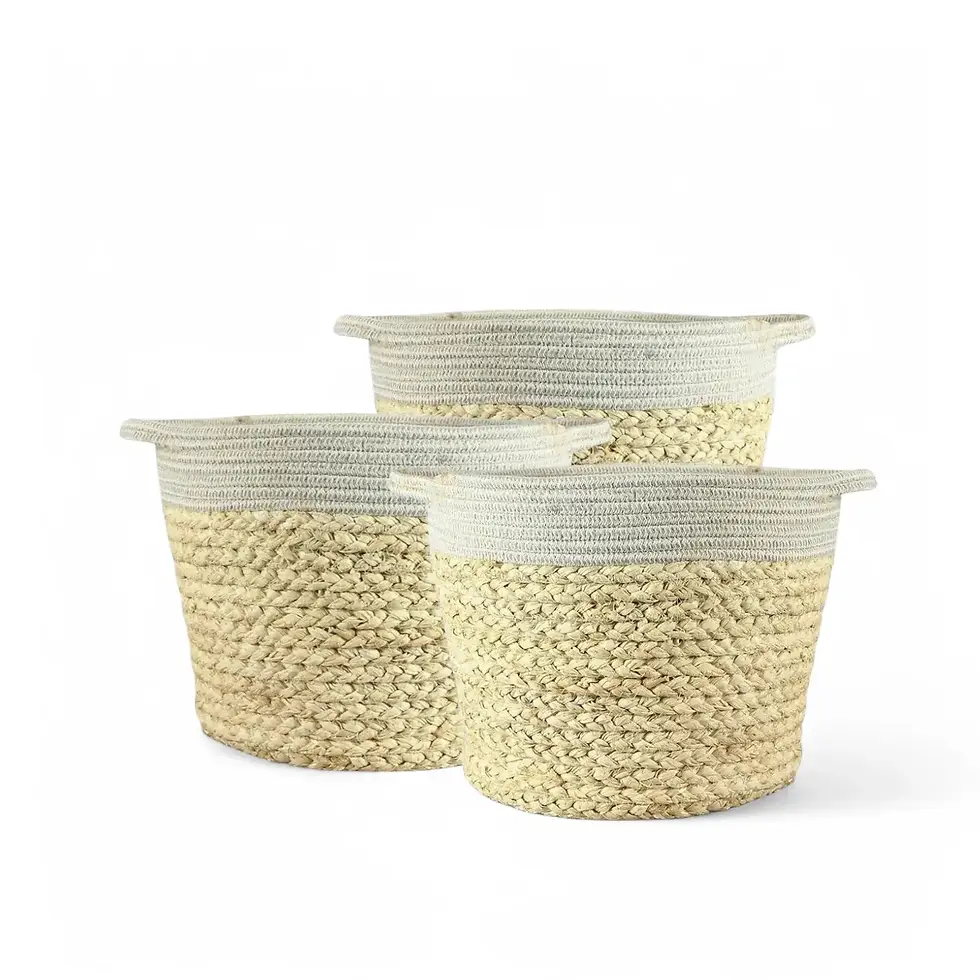Citrus × sinensis 'Orange' - Growth, Origins and Care Guide
Bring the warmth of an orchard into your home with Citrus × sinensis. This evergreen beauty features deep green leaves, fragrant white blooms, and vibrant oranges. Compact and ideal for indoor cultivation, it offers both ornamental charm and homegrown fruit.
Key Features and Benefits
- Compact Growth: Reaches up to 1.8m indoors with a tidy, upright habit.
- Fragrant Blooms and Fruit: Aromatic flowers followed by sweet, juicy oranges.
- Long-Term Beauty: Thrives and fruits for years with proper care.
Origins and History
A hybrid of pomelo (C. maxima) and mandarin (C. reticulata), the sweet orange originated in China. Introduced to Europe in the 15th century, it flourished in the Mediterranean and later in the Americas. Today, it is one of the most widely cultivated citrus species.
Care Guide
- Placement: Choose a sunny spot with 6-8 hours of direct light.
- Light: Full sun is crucial supplement with grow lights if needed.
- Watering: Allow the top 2-3 cm of soil to dry between waterings.
- Humidity: Prefers 40-60% humidity use a humidifier in dry environments.
- Temperature: Thrives in 12-29°C protect from frost.
- Soil: Use a well-draining, slightly acidic mix for citrus.
- Repotting: Every 2-3 years into a slightly larger pot with good drainage.
- Fertilizing: Feed every 4-6 weeks with a citrus-specific fertilizer.
- Propagation: Best via grafting seed-grown plants may not produce true fruit.
- Semi-Hydroponics: Adapts well to semi-hydroponic setups with nutrient adjustments.
- Pruning: Regular pruning encourages shape, airflow, and fruiting.
Common Issues and Solutions
- Pests: Treat aphids, spider mites, and scale with neem oil.
- Root Rot: Ensure proper drainage and avoid overwatering.
- Yellow Leaves: Adjust watering and fertilization.
- Fruit Drop: Maintain stable watering and temperature.
- Fungal Issues: Improve airflow and avoid overhead watering.
Growing Tips
- Support fruit-laden branches with stakes.
- Wipe leaves occasionally to enhance photosynthesis.
- Mimic subtropical conditions for optimal growth.
- Pet Safety Warning: May cause digestive issues if ingested.
Etymology
"Citrus" comes from Latin, while "sinensis" means "from China." The plant was classified by Carl Linnaeus in the 18th century.
FAQs
- Can I grow Citrus × sinensis indoors year-round? Yes, with proper light and care.
- How long until it bears fruit? Grafted trees fruit in 3-4 years.
- Is the fruit edible? Absolutely! Sweet and perfect for snacking or juicing.
Order Your Citrus × sinensis 'Orange' Today! Enjoy fresh fruit and a fragrant indoor tree. Shop now to bring sunshine into your home!
Citrus × sinensis 'Orange'
Citrus × sinensis 'Orange' is approximately 85 cm tall and comes in a ⌀ 22 cm pot.

























































